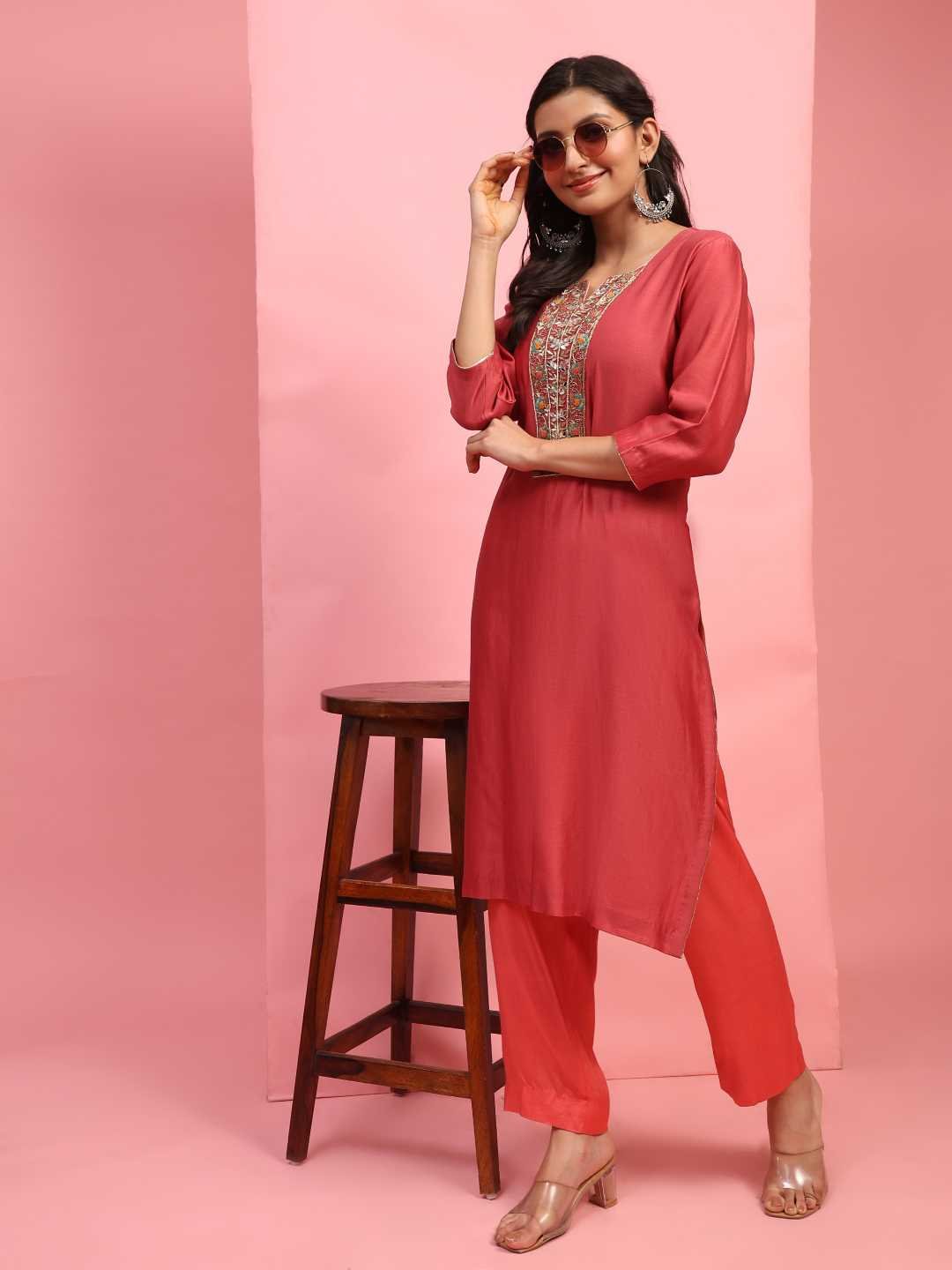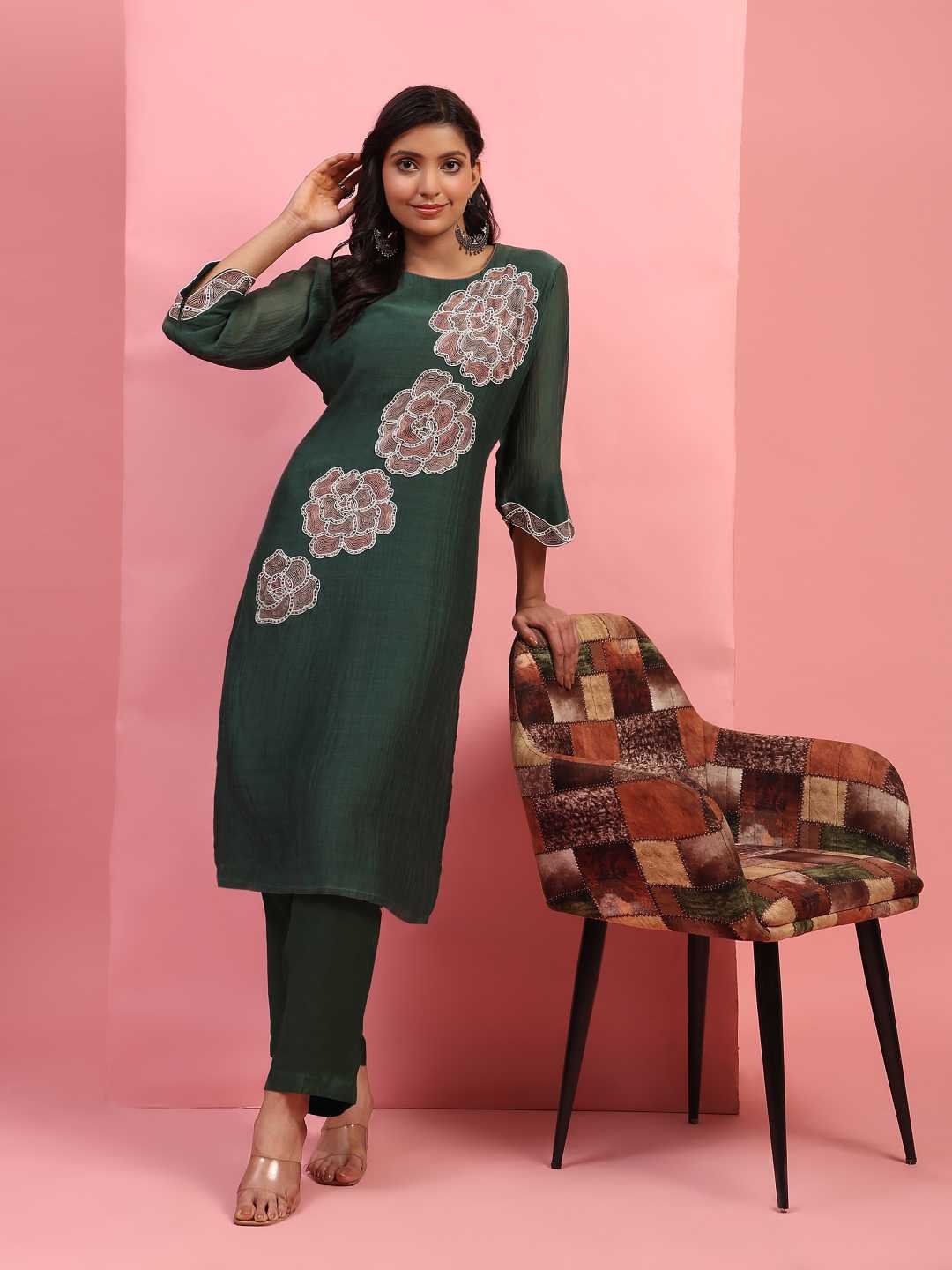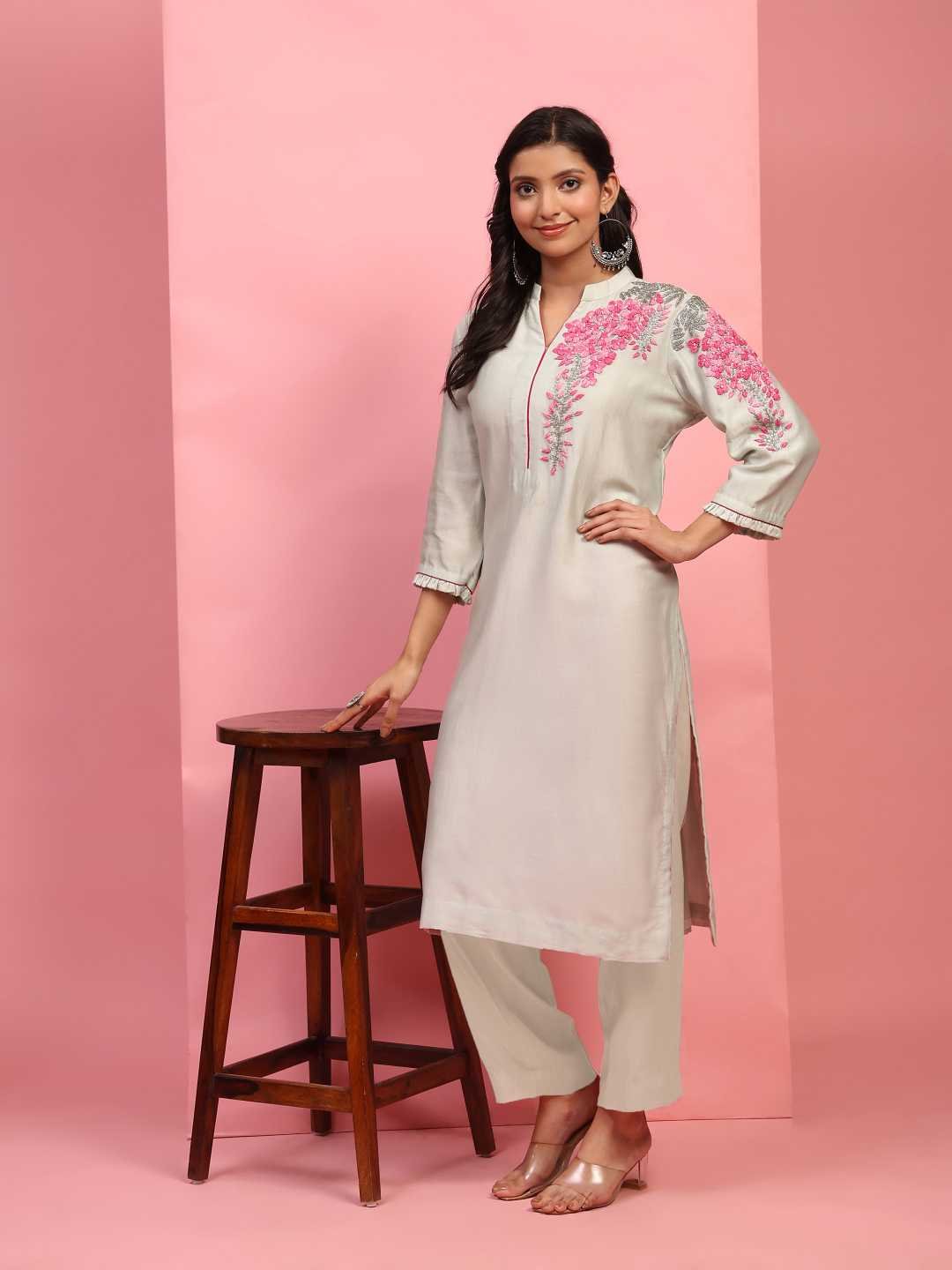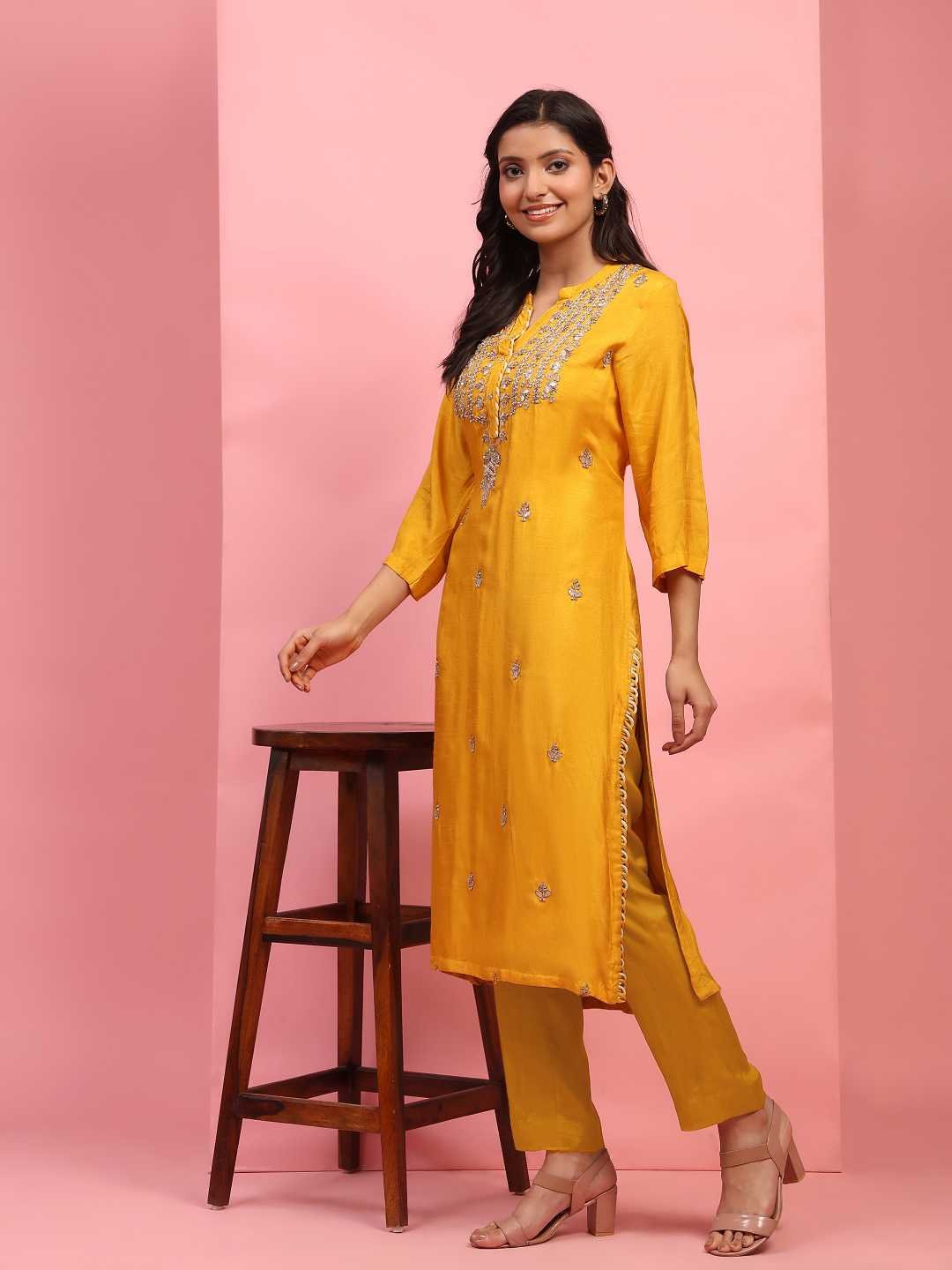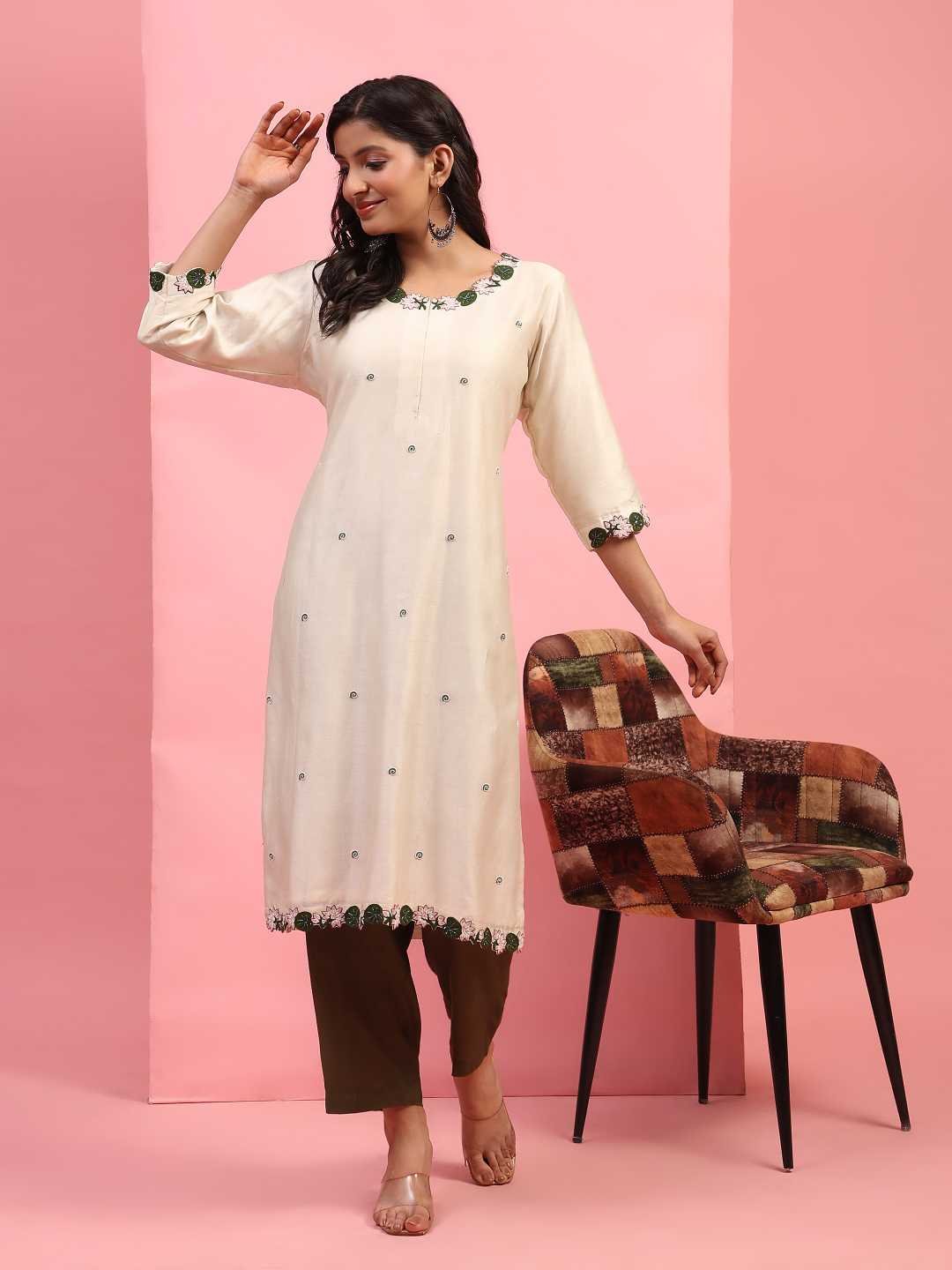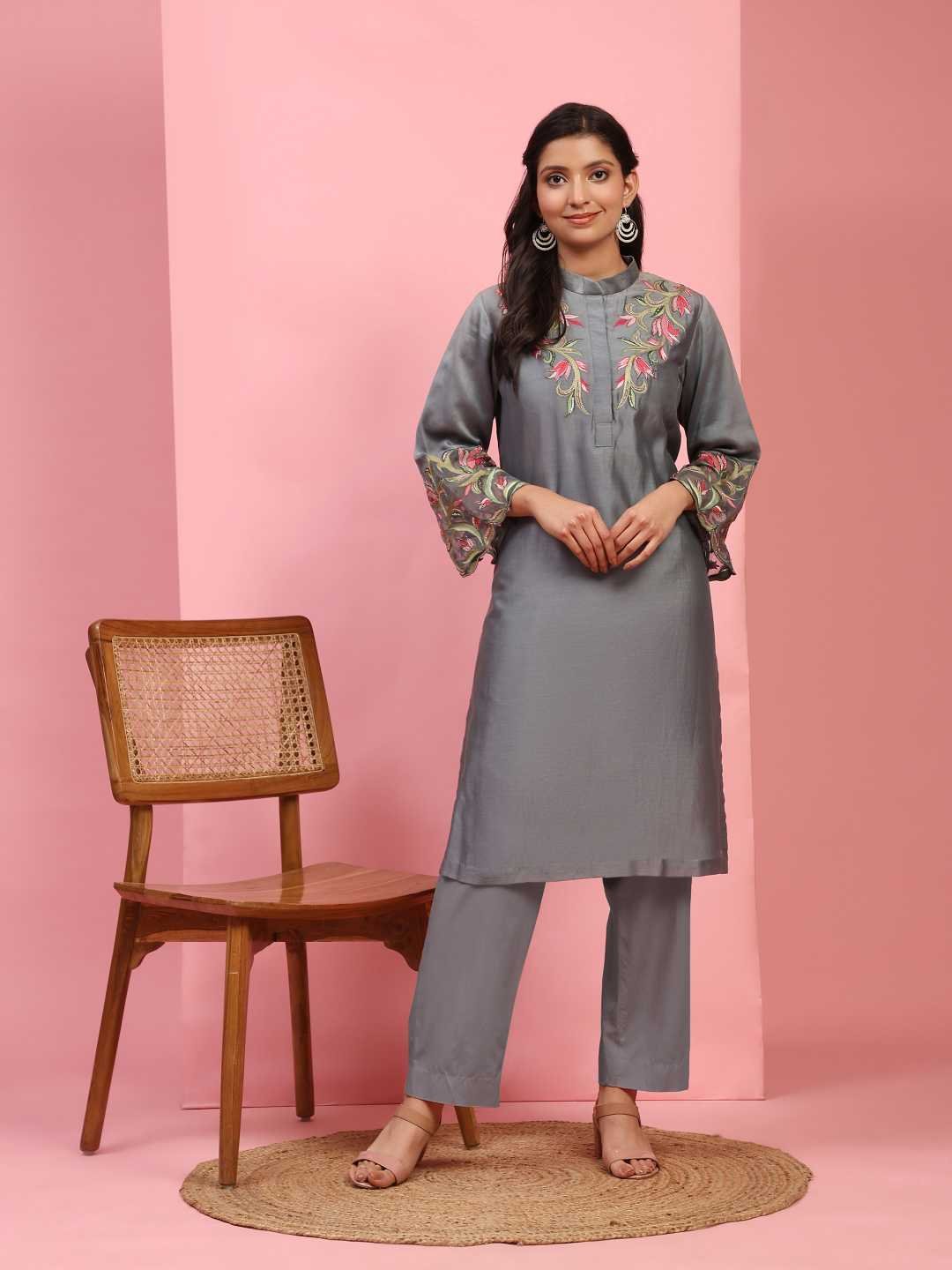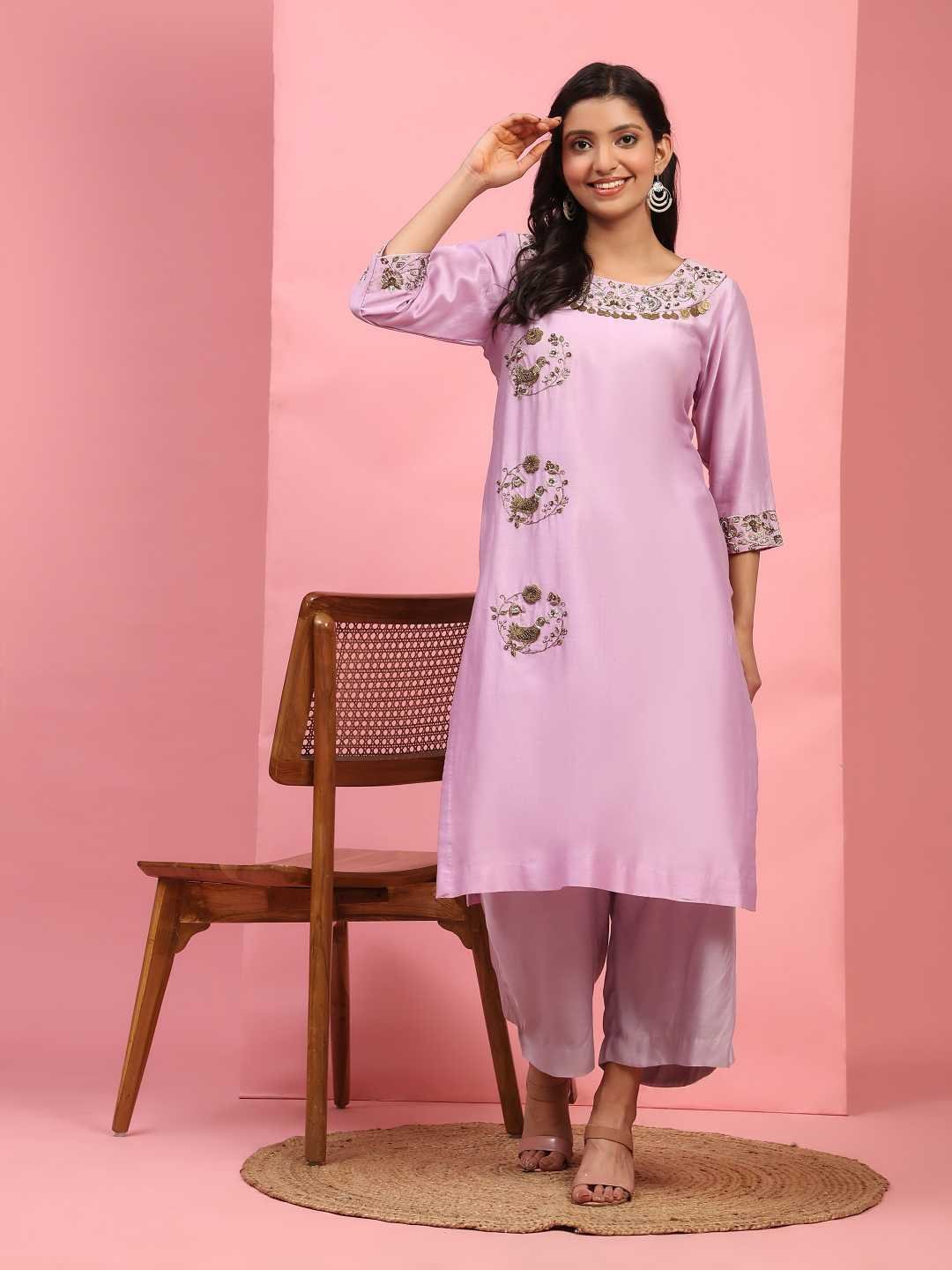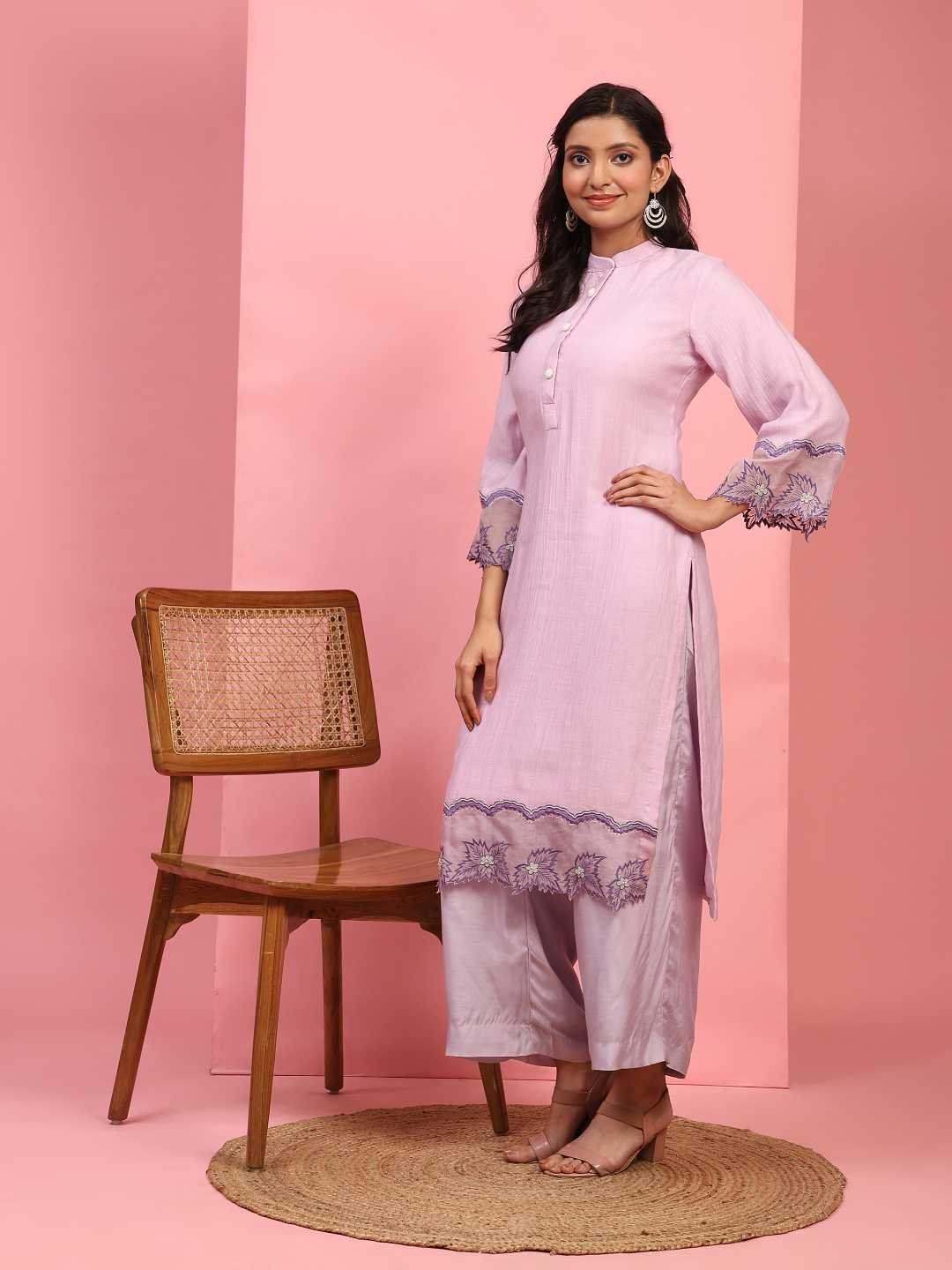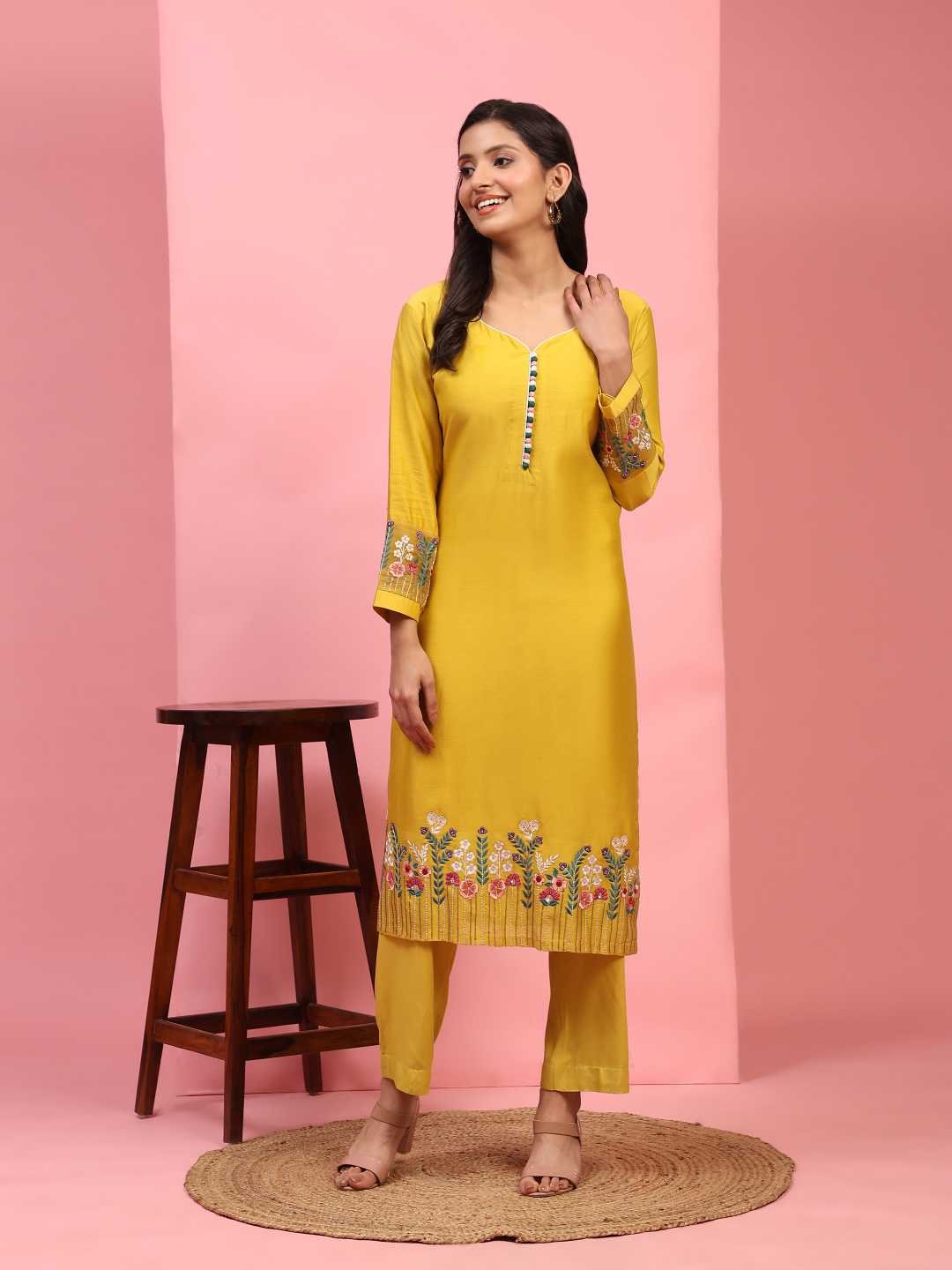The Evolution and Empowerment of Women’s Suits
Suit for Women has continually evolved, reflecting societal changes, cultural shifts, and advancements in gender equality. Among the many transformations in women’s attire, the suit has emerged as a powerful symbol of empowerment, professionalism, and style. This article explores the historical development, cultural significance, and modern adaptations of the women’s suit, highlighting its role in shaping contemporary fashion and gender norms.
Historical Development
The origin of Suit for Women can be traced back to the late 19th and early 20th centuries. During this period, women began to enter the workforce in greater numbers, necessitating practical and professional attire. Early versions of the women’s suit were heavily influenced by men’s tailoring, featuring structured jackets and long skirts. These ensembles, while groundbreaking, were often conservative, reflecting societal expectations of modesty and decorum.
The 1920s marked a significant shift with the advent of the flapper era. Women embraced shorter skirts and looser silhouettes, challenging traditional gender norms. Designers like Coco Chanel played a pivotal role in this transformation, introducing more comfortable and functional clothing. Chanel’s tweed suits, characterized by their boxy jackets and knee-length skirts, became iconic and set the stage for future innovations in women’s suits.
The Power Suit Era
The 1980s witnessed the rise of the “Suit for Women,” a term that epitomized the growing presence of women in corporate and political arenas. Characterized by broad shoulders, sharp lines, and a generally androgynous aesthetic, the power suit was a sartorial declaration of women’s ambition and capability. Designers like Giorgio Armani and Donna Karan popularized this style, making it a staple in professional wardrobes.
The Suit for Women was more than just a fashion trend; it was a symbol of women’s empowerment. By adopting a traditionally masculine garment and making it their own, women were able to assert their authority and competence in male-dominated environments. The suit became a visual representation of gender equality and a tool for breaking down barriers in the workplace.
Cultural Significance
Beyond its practical applications, the women’s suit holds profound cultural significance. It represents the ongoing struggle for gender equality and the redefinition of femininity. The act of women wearing suits challenges the traditional binary view of gendered clothing, promoting a more inclusive and diverse understanding of fashion.
In popular culture, the women’s suit has been immortalized by influential figures and iconic moments. Marlene Dietrich, the German actress, and singer, was known for her androgynous style, often donning tailored suits that defied conventional gender norms. Her fashion choices were both controversial and revolutionary, paving the way for future generations of women to explore androgynous fashion.
In the music industry, artists like Annie Lennox and Madonna have used the suit as a means of expressing their identities and challenging societal expectations. Lennox’s sharp suits and cropped hair became her signature look, symbolizing strength and independence. Madonna, known for her ever-evolving style, has frequently incorporated suits into her performances, blending elements of masculinity and femininity to create powerful visual statements.
Modern Adaptations
Today’s women’s suits are more versatile and diverse than ever before. Designers continue to experiment with cuts, fabrics, and styles, ensuring that there is a suit for every occasion and personal taste. Contemporary suits are not confined to the boardroom; they have become a staple in casual, formal, and even evening wear.
The modern suit comes in various silhouettes, from classic tailored fits to more relaxed, oversized designs. The incorporation of unconventional materials, such as velvet, silk, and even denim, has expanded the possibilities of suiting. Additionally, vibrant colors and bold patterns have replaced the monochromatic palettes of the past, allowing for greater self-expression.
Gender-fluid fashion has also gained prominence, with many designers creating collections that blur the lines between men’s and women’s clothing. Brands like Gucci, Balenciaga, and Saint Laurent have embraced androgyny, offering suits that cater to a diverse audience. This movement towards inclusivity reflects broader societal changes and the rejection of rigid gender norms.
The Suit in Contemporary Workplaces
In modern workplaces, the suit remains a symbol of professionalism and authority. However, the rigid dress codes of the past have given way to more flexible interpretations of business attire. Women now have the freedom to experiment with different styles, mixing traditional elements with contemporary trends.
The rise of remote work and the casualization of office wear have further influenced suit designs. Comfort has become a priority, leading to the popularity of stretch fabrics, relaxed fits, and athleisure-inspired elements. Despite these changes, the suit’s core attributes—elegance, structure, and sophistication—continue to make it a preferred choice for many professional women.
The Future of Women’s Suits
As fashion continues to evolve, the future of women’s suits looks promising. The trend towards sustainability is encouraging designers to adopt eco-friendly practices, using recycled materials and ethical production methods. This shift not only addresses environmental concerns but also appeals to a growing demographic of conscious consumers.
Technological advancements are also playing a role in the evolution of suiting. Innovations in fabric technology are leading to the creation of suits that are more durable, breathable, and adaptable to different climates. Smart textiles, which can regulate temperature or monitor health metrics, represent the next frontier in a functional fashion.
Moreover, the influence of global cultures is enriching the design of women’s suits. Elements from traditional garments, such as the Japanese kimono or the Indian sari, are being integrated into modern suits, resulting in unique and culturally resonant pieces.
Conclusion
The women’s suit has come a long way from its early iterations, evolving into a versatile and powerful garment that transcends professional and cultural boundaries. It embodies the journey towards gender equality, the redefinition of femininity, and the ongoing innovation in fashion. As society progresses and fashion continues to break down barriers, the women’s suit will undoubtedly remain a central figure in the narrative of empowerment and style.

